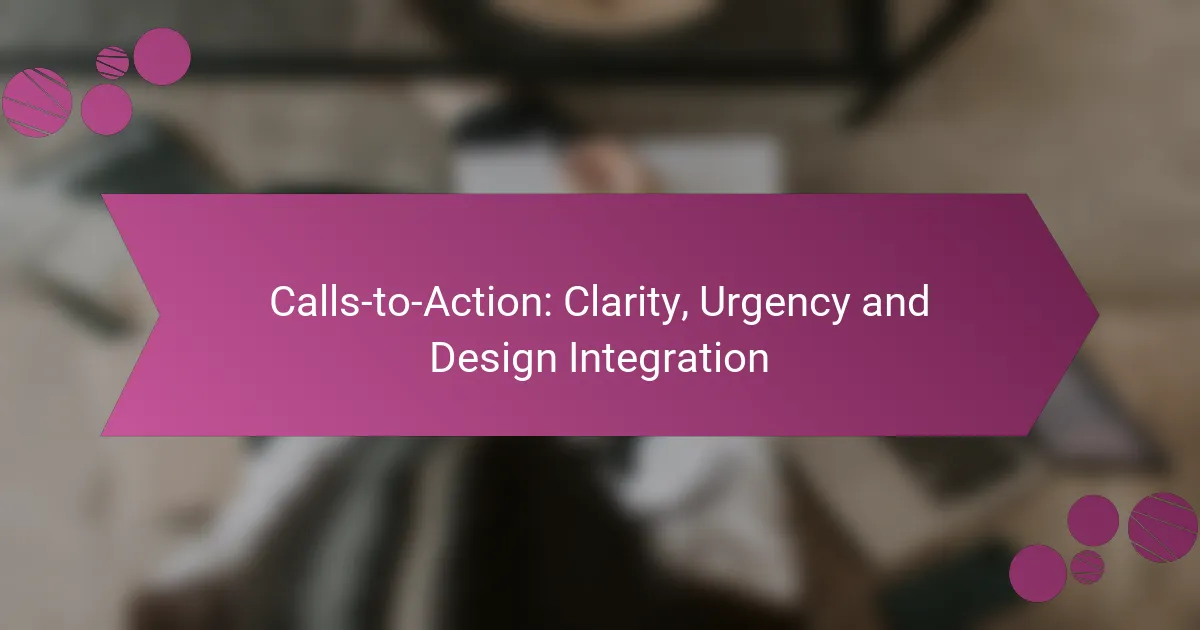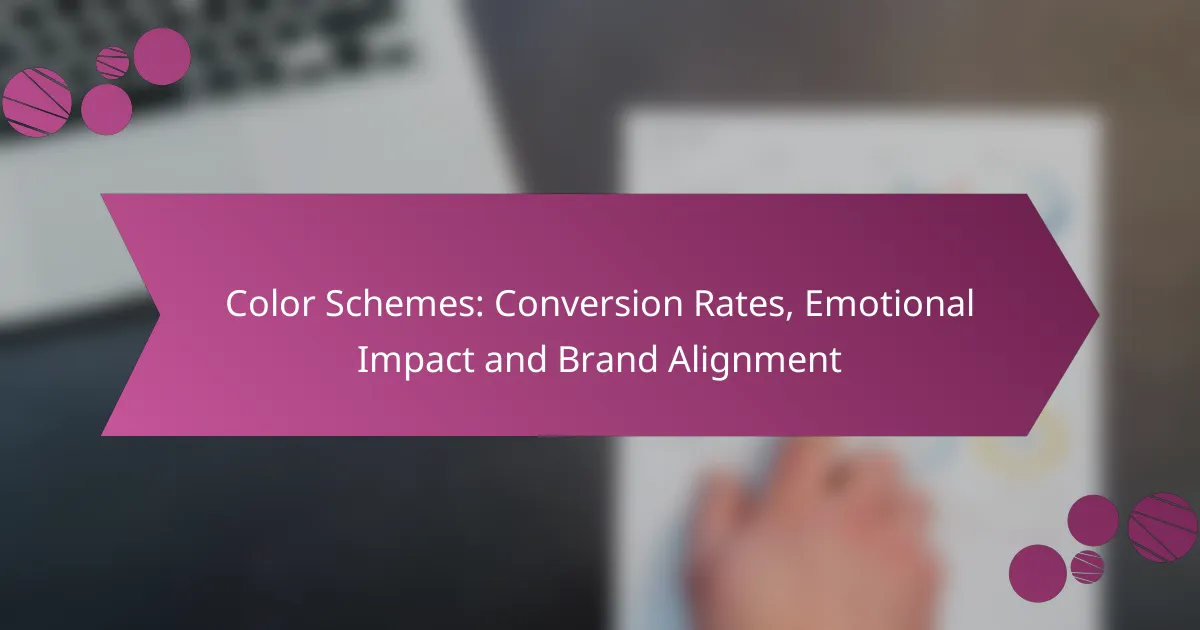Effective calls-to-action (CTAs) are essential for maximizing user engagement and conversion rates in display advertising. By ensuring clarity, creating a sense of urgency, and integrating thoughtful design elements, businesses can guide potential customers toward desired actions with greater success.
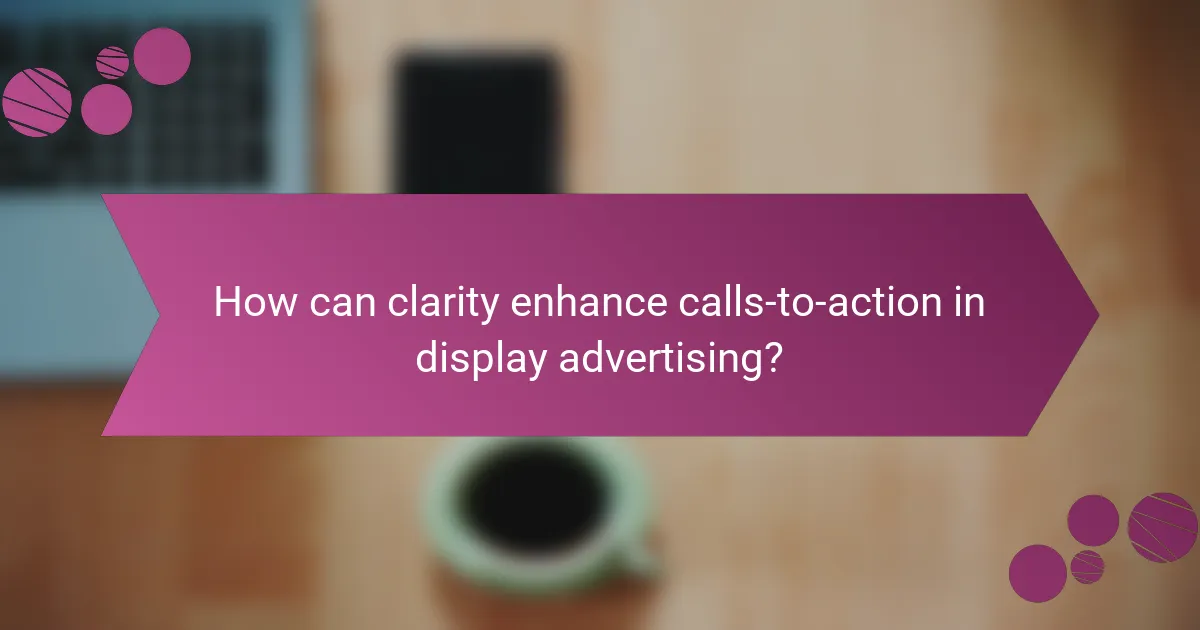
How can clarity enhance calls-to-action in display advertising?
Clarity is crucial for effective calls-to-action (CTAs) in display advertising, as it directly influences user engagement and conversion rates. Clear CTAs guide potential customers on what actions to take, reducing confusion and increasing the likelihood of desired outcomes.
Clear messaging
Clear messaging in CTAs ensures that users immediately understand the action they need to take. Use straightforward language that leaves no room for ambiguity. For example, instead of saying “Click here,” use “Download your free guide now” to specify the action and the benefit.
Consider using strong action verbs and concise phrases that resonate with your target audience. Avoid jargon or overly complex terms that may alienate or confuse potential customers.
Consistent branding
Consistent branding across your display ads reinforces recognition and trust. Use familiar colors, fonts, and logos that align with your overall brand identity. This consistency helps users feel more comfortable interacting with your CTAs.
Ensure that your messaging reflects your brand voice. If your brand is known for being friendly and approachable, your CTAs should mirror that tone to maintain coherence and strengthen user connection.
Specific instructions
Providing specific instructions in your CTAs can significantly enhance user action. Clearly outline what users should expect after clicking, such as “Sign up for exclusive offers” or “Get a free trial for 30 days.” This sets clear expectations and encourages users to proceed.
Avoid vague phrases that leave users guessing about what will happen next. Instead, use direct language that guides them through the process, making it easy to understand the next steps they need to take.

What role does urgency play in effective calls-to-action?
Urgency is crucial in effective calls-to-action (CTAs) as it compels users to take immediate action. By creating a sense of time sensitivity, you can significantly increase conversion rates and prompt quicker decision-making.
Limited-time offers
Limited-time offers create a compelling reason for users to act quickly, often leading to higher engagement. For example, promotions that last for a few days or weeks can encourage customers to make a purchase before the deal expires.
When designing limited-time offers, ensure that the terms are clear and the benefits are highlighted. Use phrases like “Only available until midnight!” to enhance the urgency and attract attention.
Countdown timers
Countdown timers visually represent the urgency of an offer, making it easy for users to see how much time they have left. Implementing a countdown timer on your website can create a psychological push, encouraging users to act before time runs out.
Consider placing the timer prominently on the page, such as near the CTA button, to maximize visibility. Ensure that the timer is accurate and updates in real-time to maintain trust with your audience.
Scarcity tactics
Scarcity tactics leverage the fear of missing out (FOMO) by indicating that a product or service is in limited supply. Phrases like “Only 3 left in stock!” can prompt users to act quickly to secure their purchase.
When using scarcity tactics, be honest about availability to maintain credibility. Overstating scarcity can lead to distrust and damage your brand’s reputation. A good practice is to combine scarcity with social proof, such as showing how many people are currently viewing or have purchased the item.
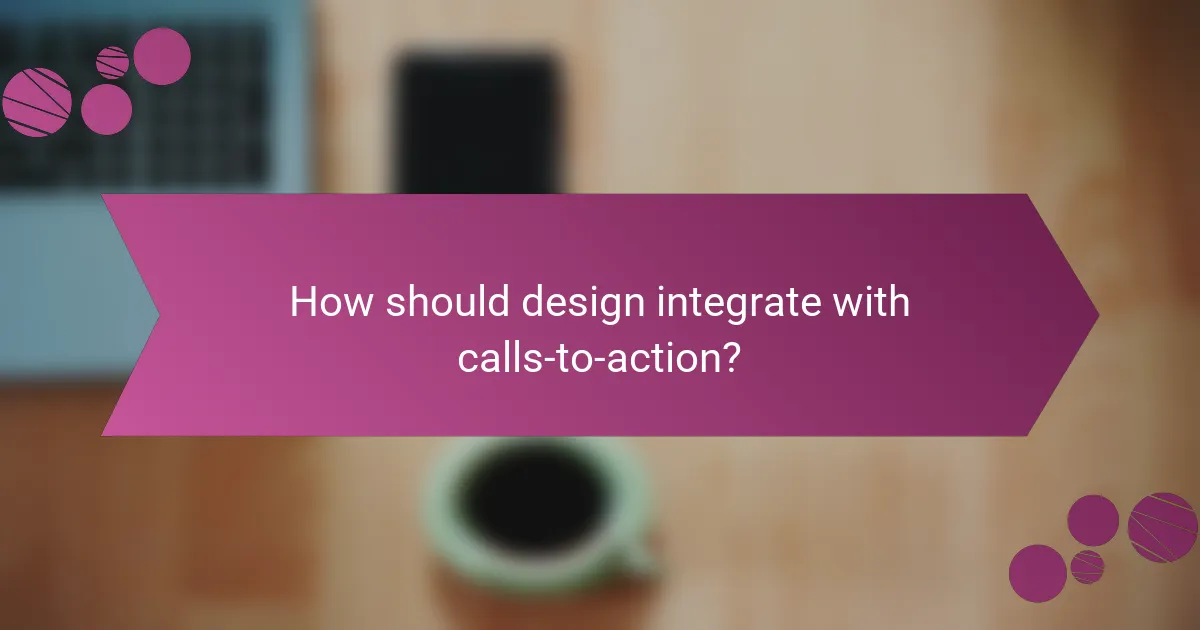
How should design integrate with calls-to-action?
Design should seamlessly integrate with calls-to-action (CTAs) to enhance visibility and encourage user engagement. Effective integration involves using visual elements, color choices, and responsive layouts that collectively drive users toward taking desired actions.
Visual hierarchy
Visual hierarchy refers to the arrangement of elements in a way that guides users’ attention. Prioritize CTAs by placing them prominently on the page, using size and spacing to make them stand out. For example, a large button at the top of a webpage can draw immediate focus, while smaller links can be used for secondary actions.
Consider the flow of information; CTAs should follow logically from the content that precedes them. Use headings and subheadings to create a clear path leading to the CTA, ensuring users understand the context and importance of the action.
Color psychology
Color psychology plays a crucial role in how users perceive and respond to CTAs. Different colors evoke various emotions; for instance, red can create a sense of urgency, while blue often conveys trust. Choose colors that align with your brand identity and the action you want users to take.
It’s also essential to ensure high contrast between the CTA and the background to enhance visibility. A bright button on a muted background can effectively catch the eye, increasing the likelihood of user interaction.
Responsive design
Responsive design ensures that CTAs are accessible and functional across various devices, from desktops to smartphones. As mobile usage continues to rise, it’s vital that buttons are large enough to be easily tapped and that they maintain their prominence regardless of screen size.
Test your CTAs on multiple devices to ensure they remain effective. A common pitfall is having buttons that are too small or poorly placed on mobile screens, which can lead to decreased engagement. Aim for a minimum button size of around 44×44 pixels for touch targets to enhance usability.

What are the best practices for optimizing calls-to-action?
To optimize calls-to-action (CTAs), focus on clarity, urgency, and design integration. Effective CTAs should be easily understood, prompt immediate action, and seamlessly fit within the overall design of your webpage or marketing material.
A/B testing
A/B testing involves comparing two versions of a CTA to determine which performs better. By changing one element at a time—such as color, text, or placement—you can identify what resonates most with your audience.
For instance, if you have a button that says “Buy Now,” you might test it against “Get Yours Today” to see which generates more clicks. Aim for a sample size that reflects your audience, and run tests for a duration that captures typical user behavior, often a few weeks.
User feedback
Collecting user feedback can provide insights into how your CTAs are perceived. Surveys, interviews, and usability tests can reveal whether users find the CTAs clear and compelling.
Consider asking specific questions about the CTA’s wording or design during feedback sessions. This qualitative data can guide adjustments that enhance clarity and urgency, ensuring your CTAs align with user expectations.
Analytics tracking
Analytics tracking is essential for measuring the effectiveness of your CTAs. Use tools like Google Analytics to monitor click-through rates, conversion rates, and user behavior related to your CTAs.
Set up goals to track specific actions, such as form submissions or purchases. Regularly review this data to identify trends and areas for improvement, allowing you to refine your CTAs based on real user interactions.
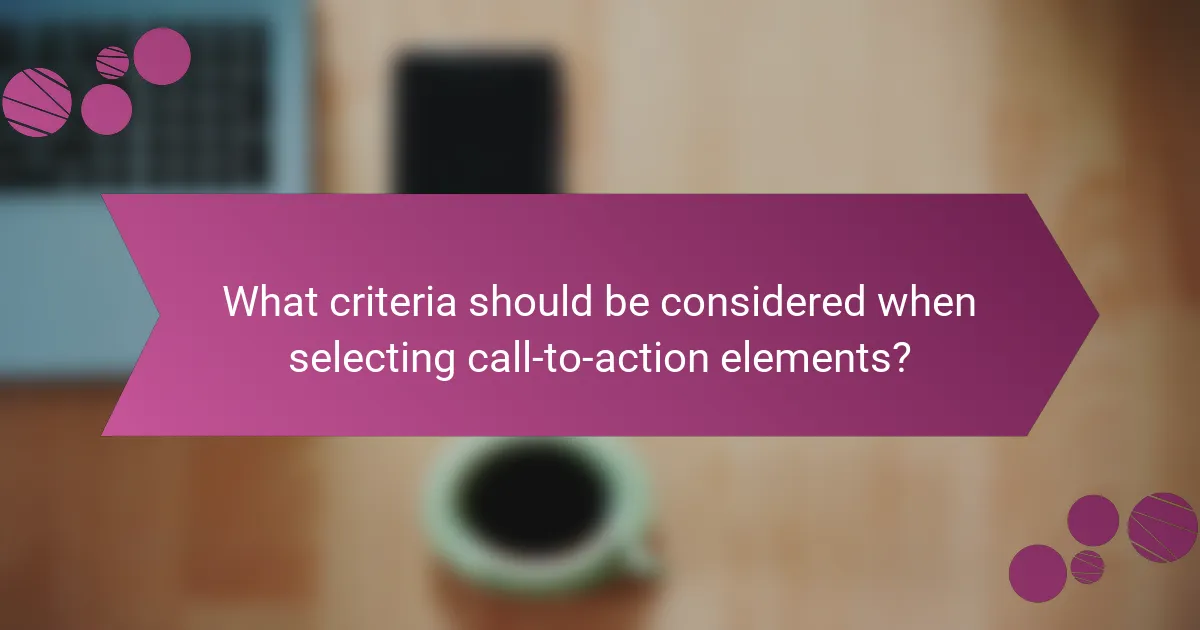
What criteria should be considered when selecting call-to-action elements?
When selecting call-to-action (CTA) elements, clarity, urgency, and design integration are crucial. These criteria ensure that CTAs effectively guide users toward desired actions, enhancing user experience and conversion rates.
Target audience preferences
Understanding your target audience is essential for effective CTAs. Consider their demographics, interests, and behaviors to tailor your messaging and design. For instance, younger audiences may respond better to bold colors and casual language, while older users might prefer a more straightforward approach.
Conducting user research, such as surveys or A/B testing, can provide insights into what resonates with your audience. This data can help refine your CTAs to align with their preferences, increasing engagement and conversion potential.
Platform compatibility
CTAs must be compatible with the platforms where they will be displayed. Different platforms, such as websites, mobile apps, and social media, have unique design guidelines and user interactions. Ensure that your CTAs are optimized for each platform’s specifications, such as button size and placement.
For example, a CTA on a mobile app should be easily tappable and visible without scrolling, while a website CTA can be more prominent due to larger screen real estate. Testing your CTAs across various devices can help identify any issues and improve overall performance.

How can cultural nuances impact call-to-action effectiveness in Ireland?
Cultural nuances significantly influence the effectiveness of calls-to-action (CTAs) in Ireland. Understanding local preferences, language, and social norms can enhance engagement and conversion rates.
Local language usage
In Ireland, the predominant language is English, but there are regional variations and influences from Irish (Gaeilge). Using familiar phrases or colloquial expressions can resonate more with the audience, making CTAs feel more relatable and engaging.
For example, instead of a generic “Buy Now,” a more localized approach might use “Grab Yours Today!” This not only captures attention but also aligns with the friendly and informal communication style often appreciated in Irish culture.
When crafting CTAs, consider incorporating local idioms or humor, as these can create a sense of connection. However, ensure that the language remains clear and direct to avoid confusion or misinterpretation.





